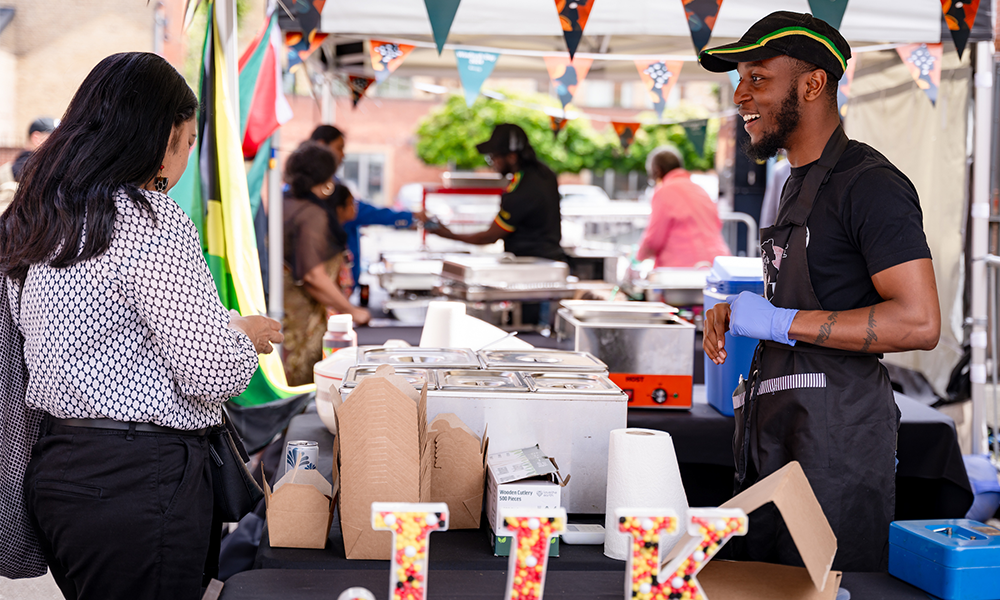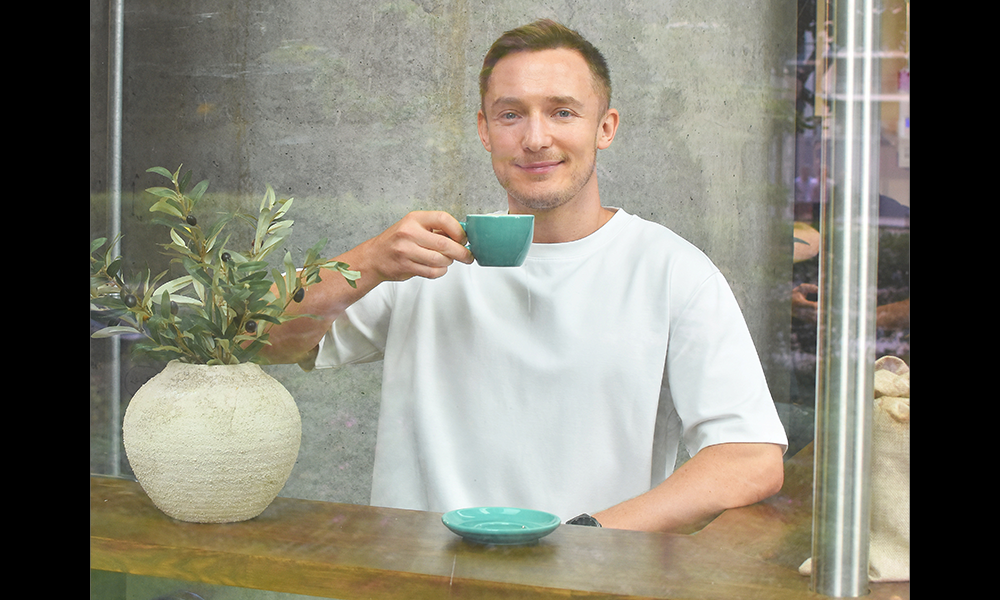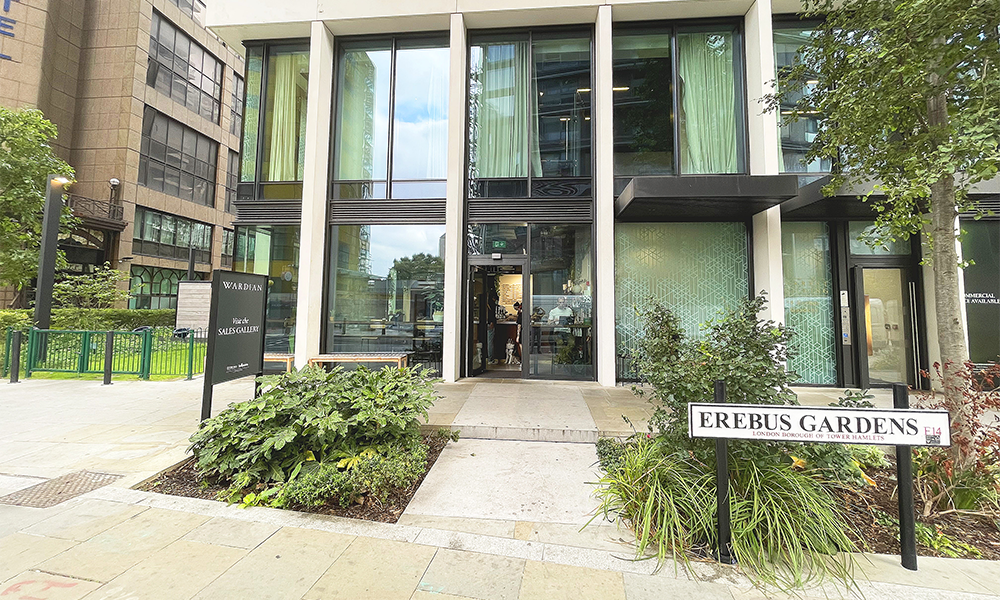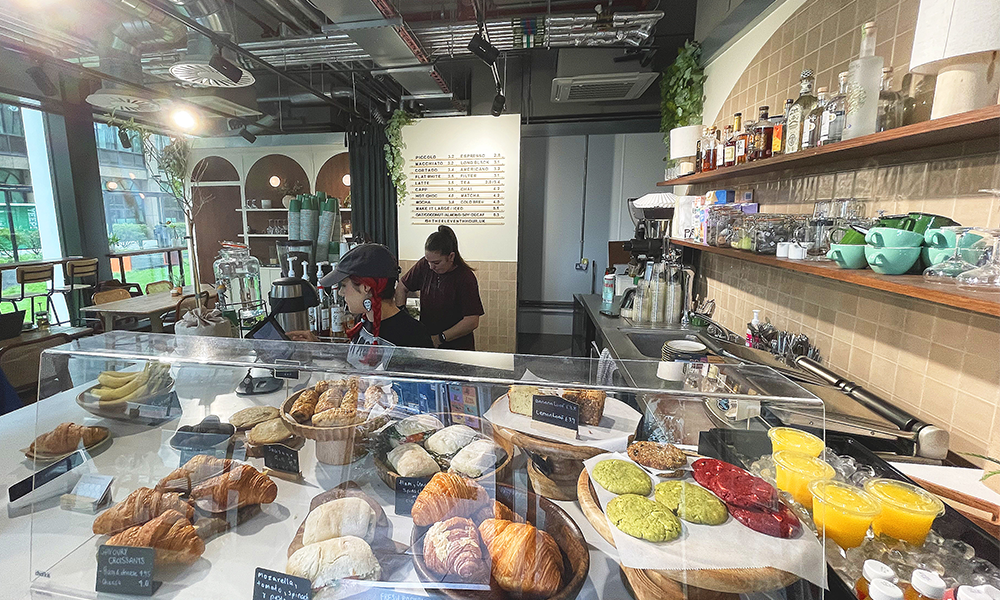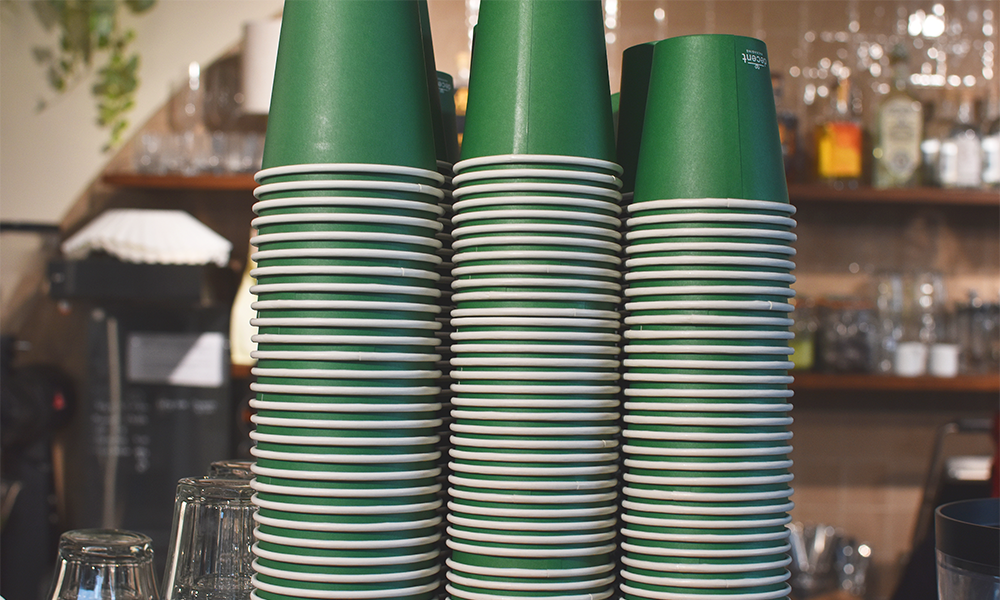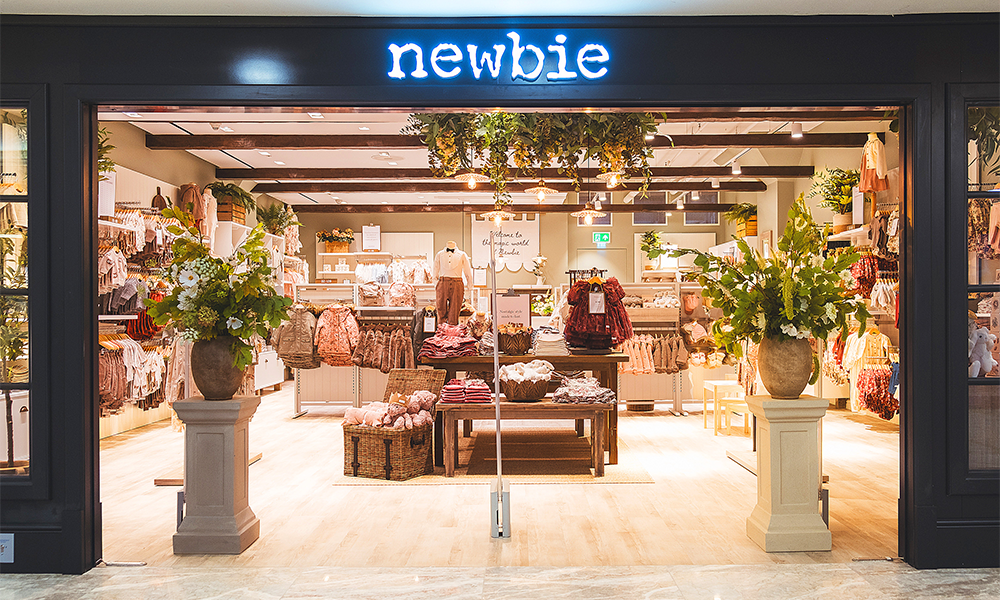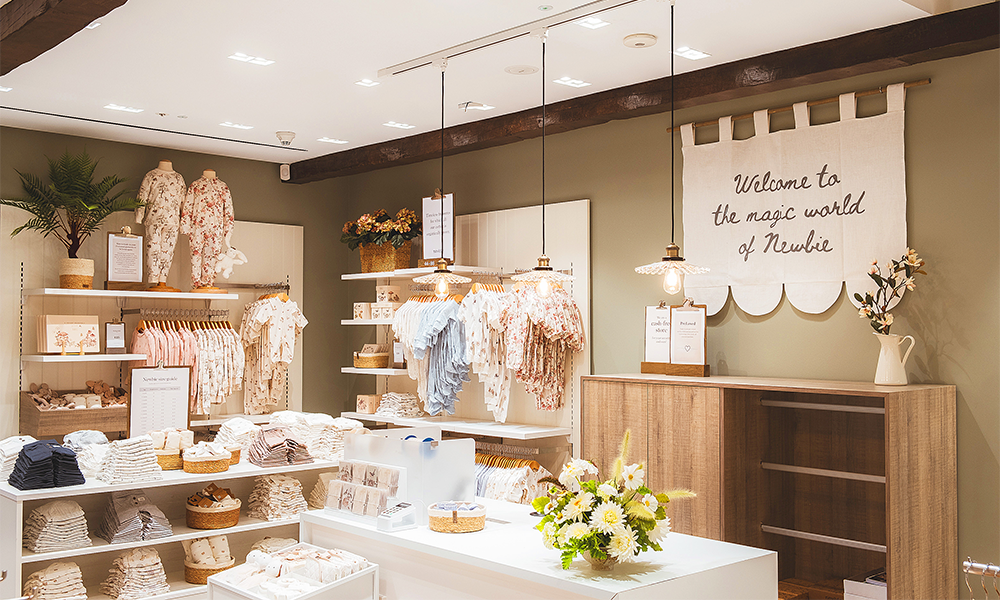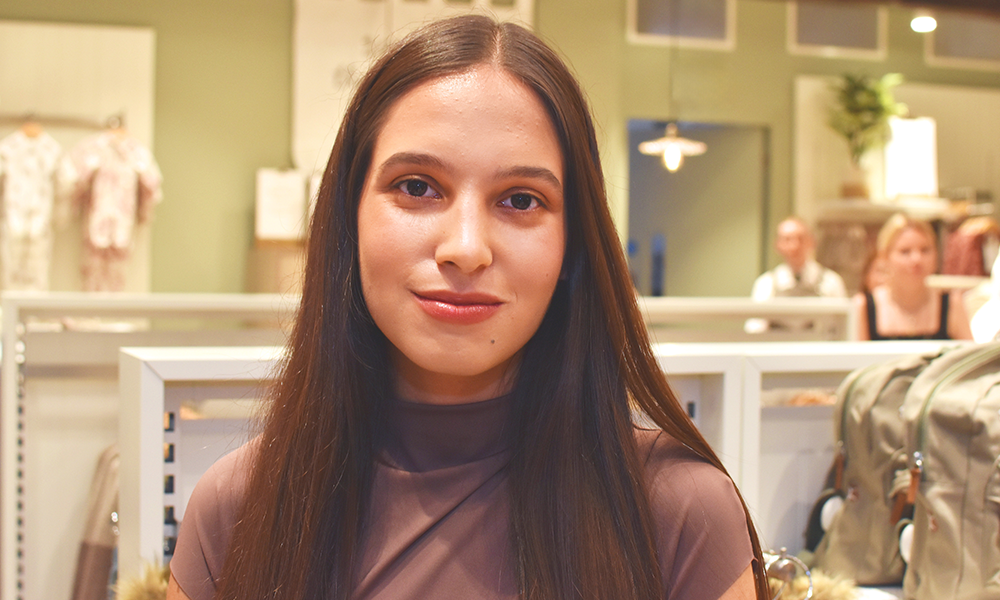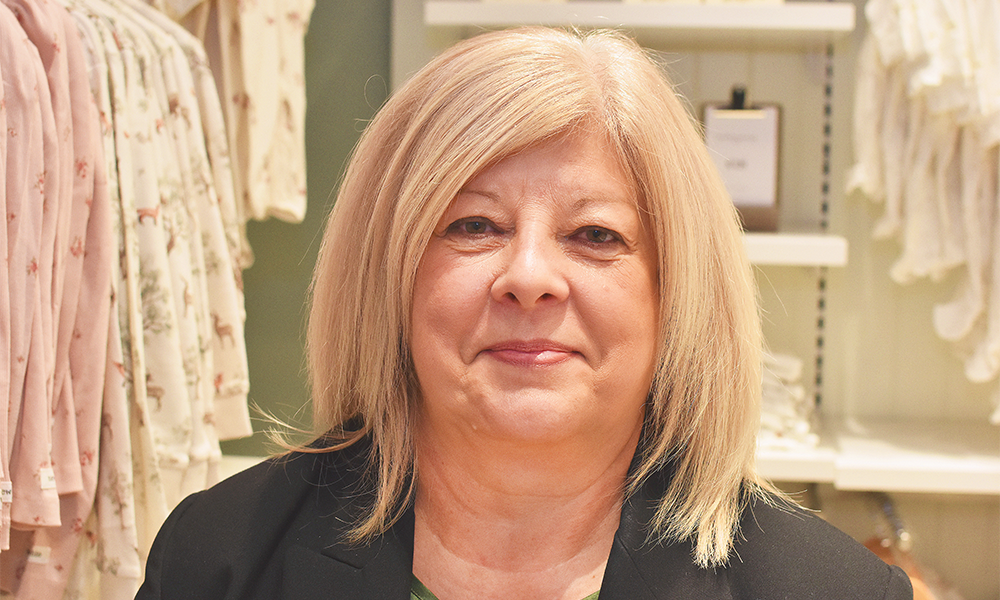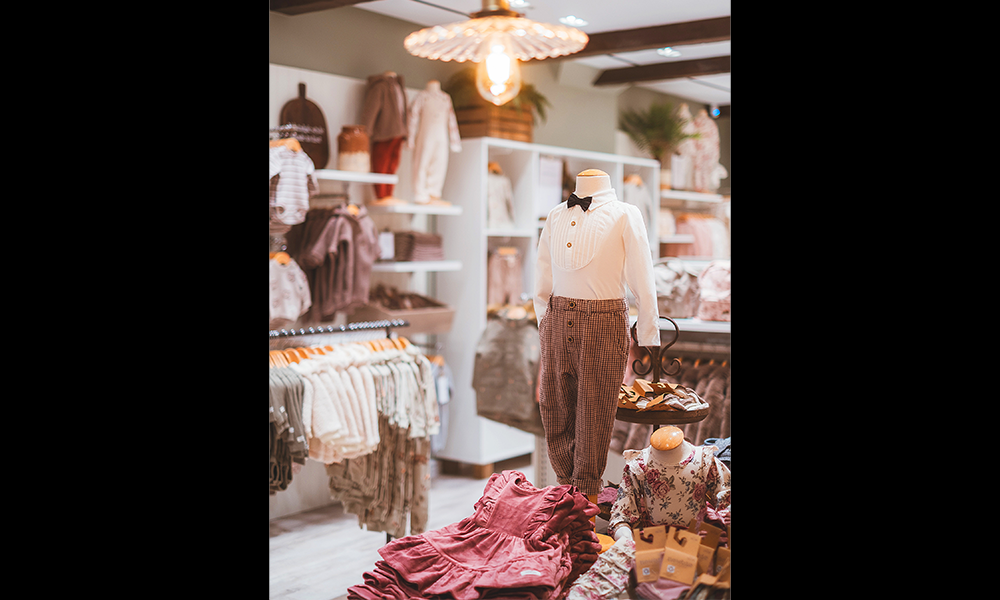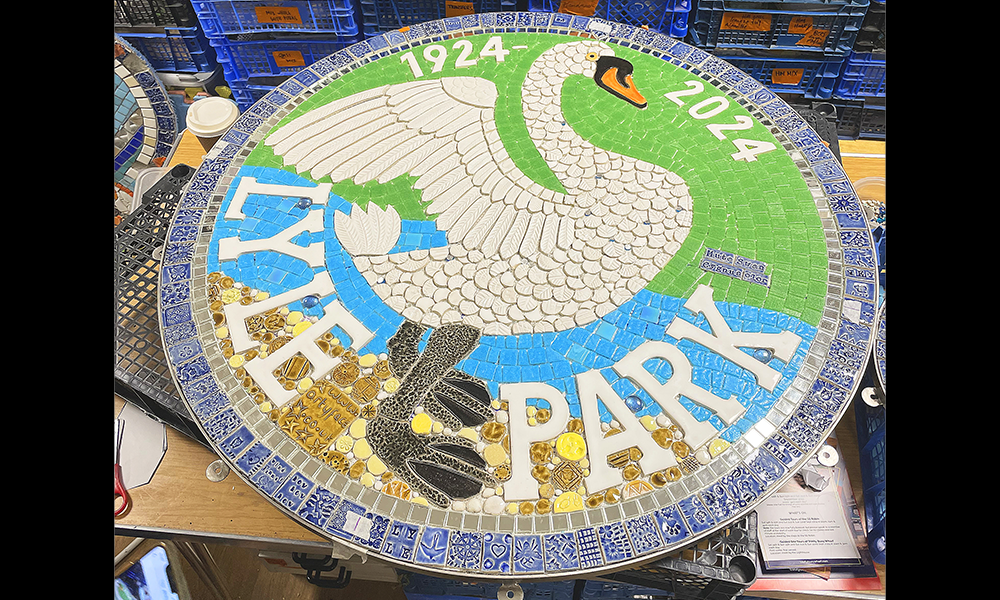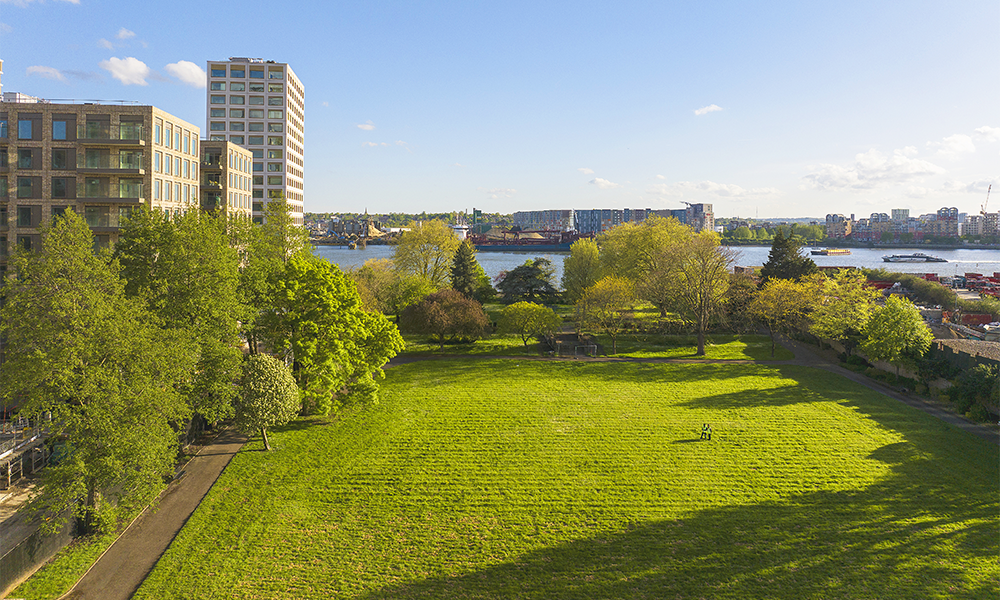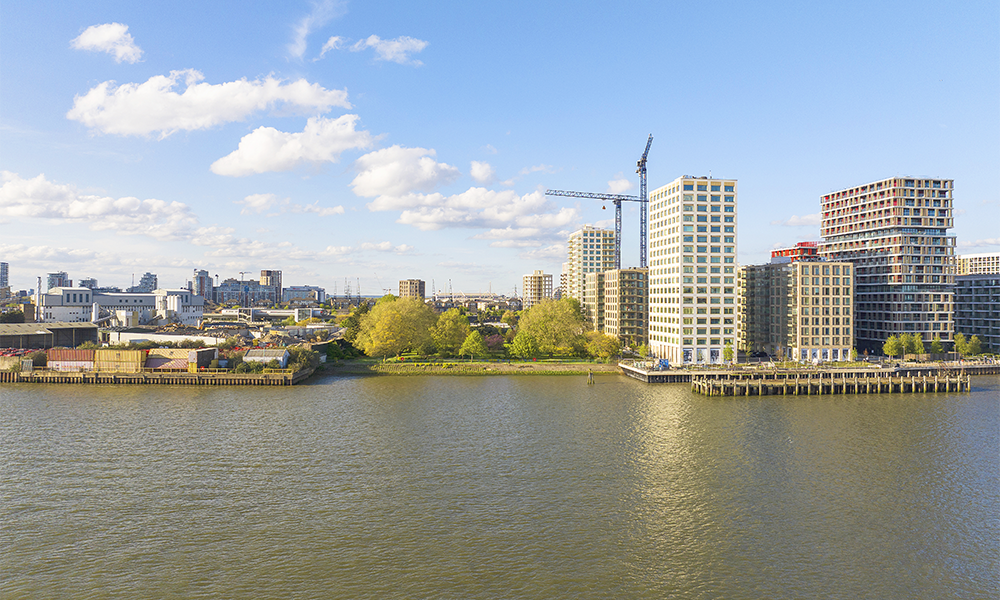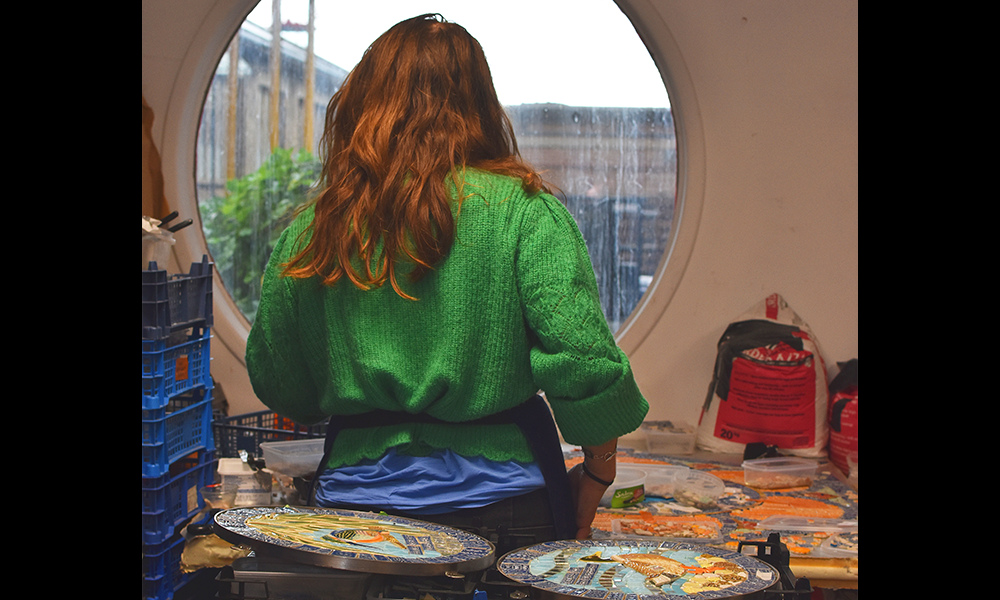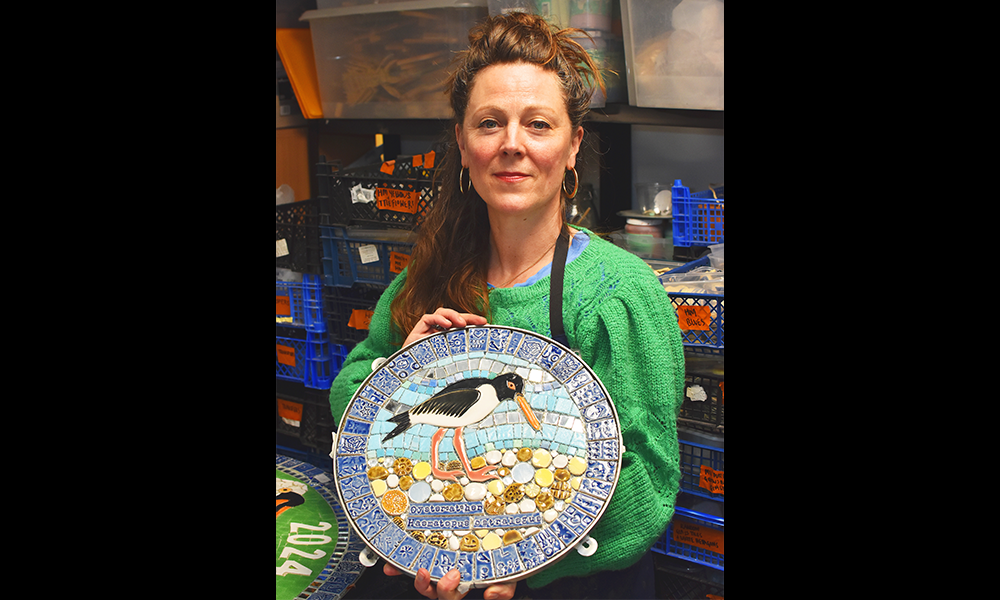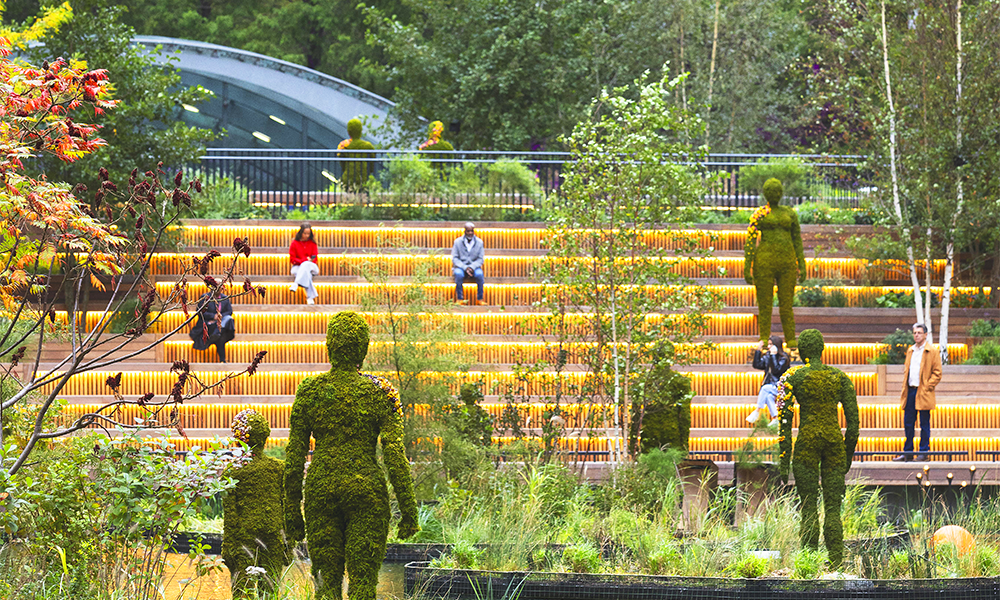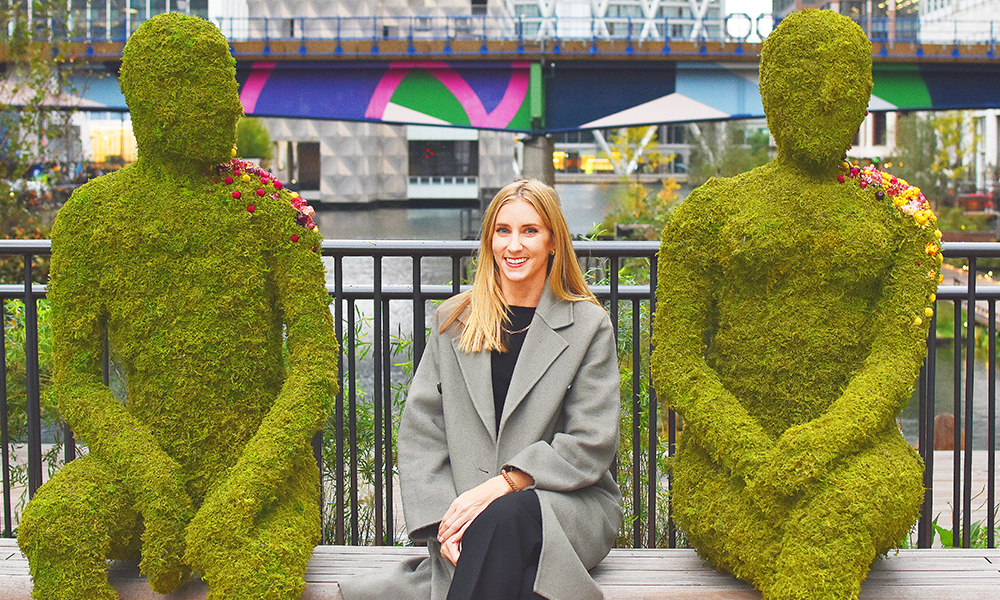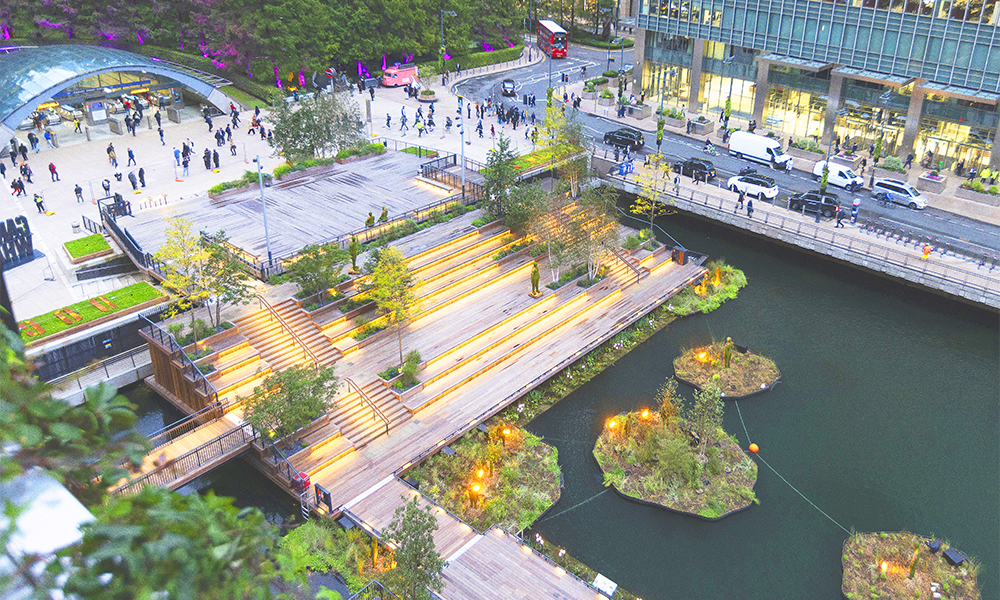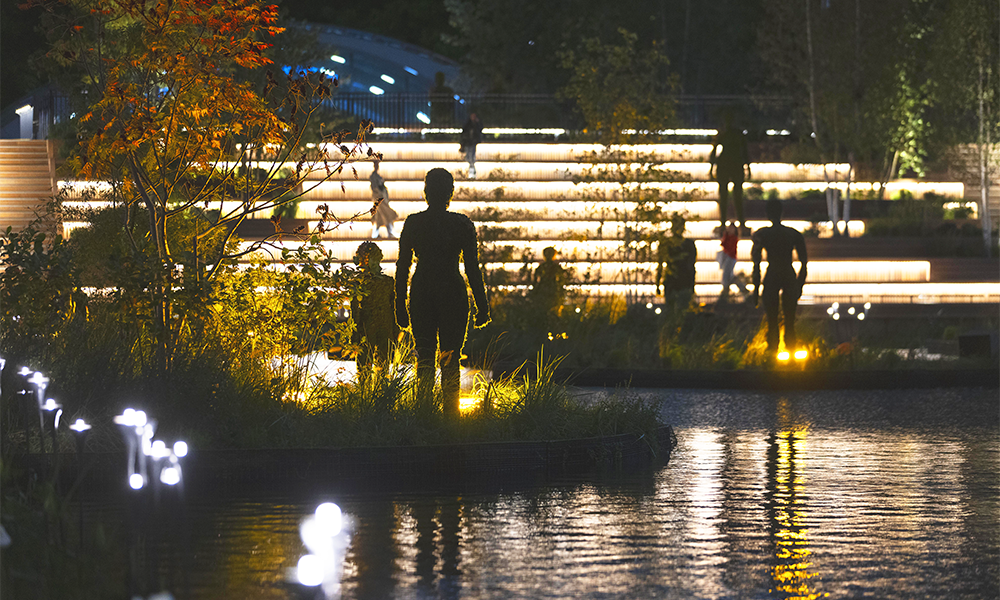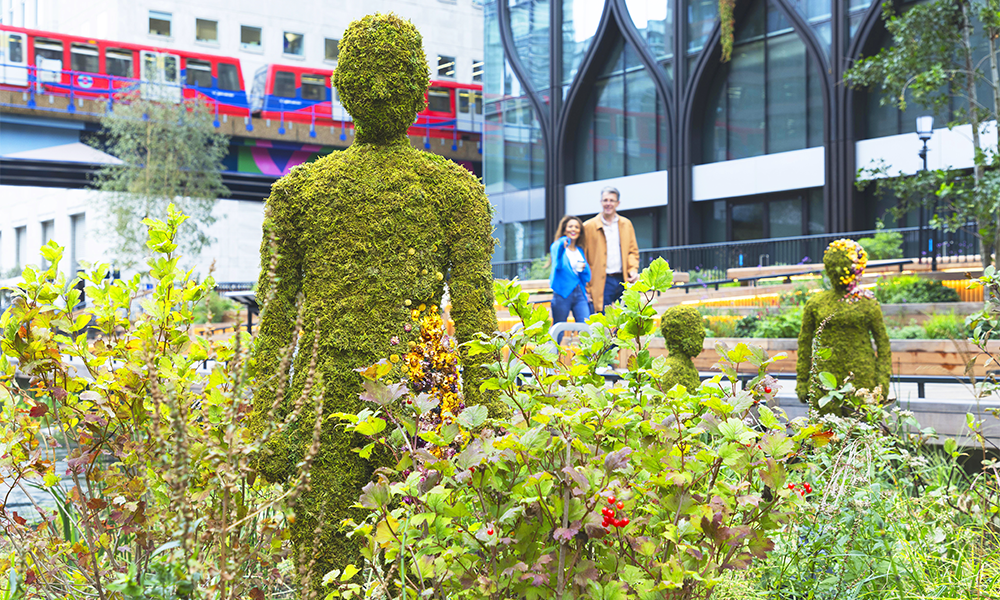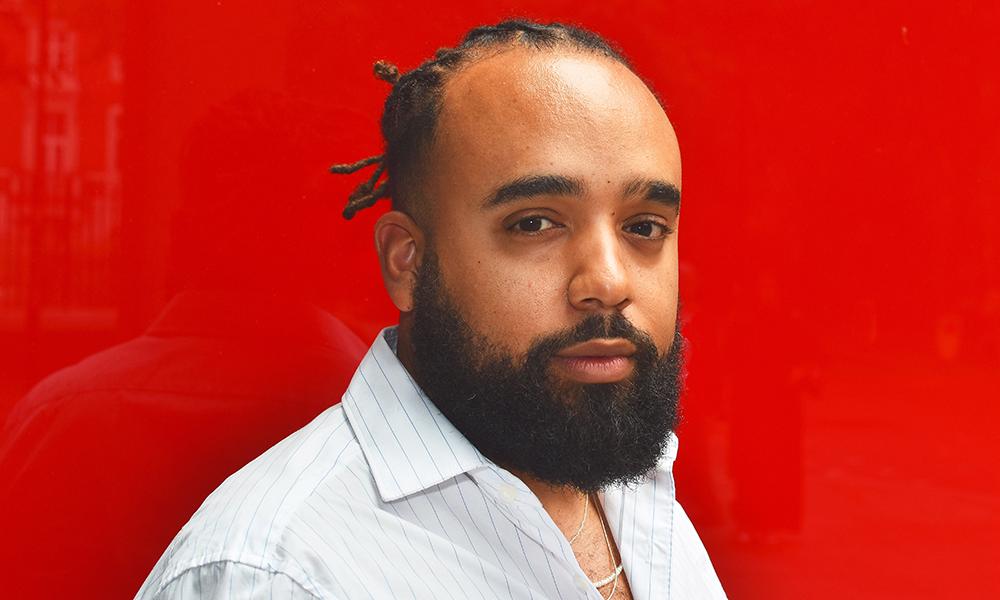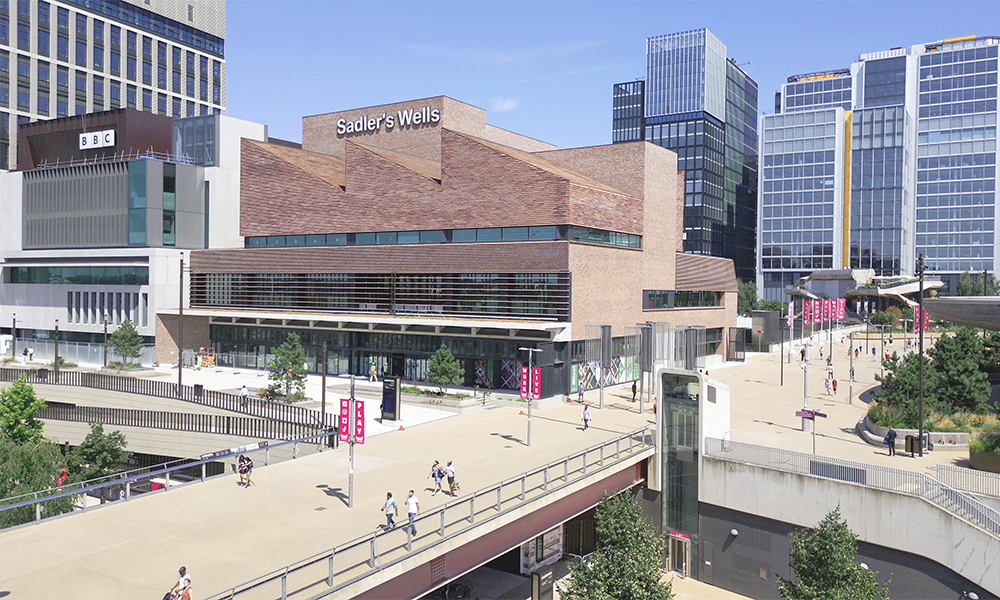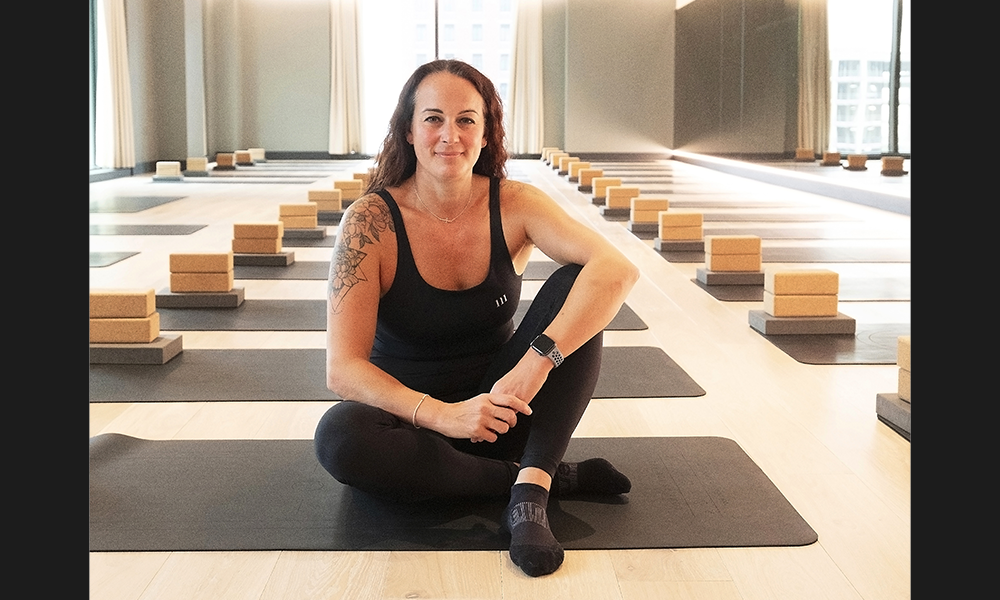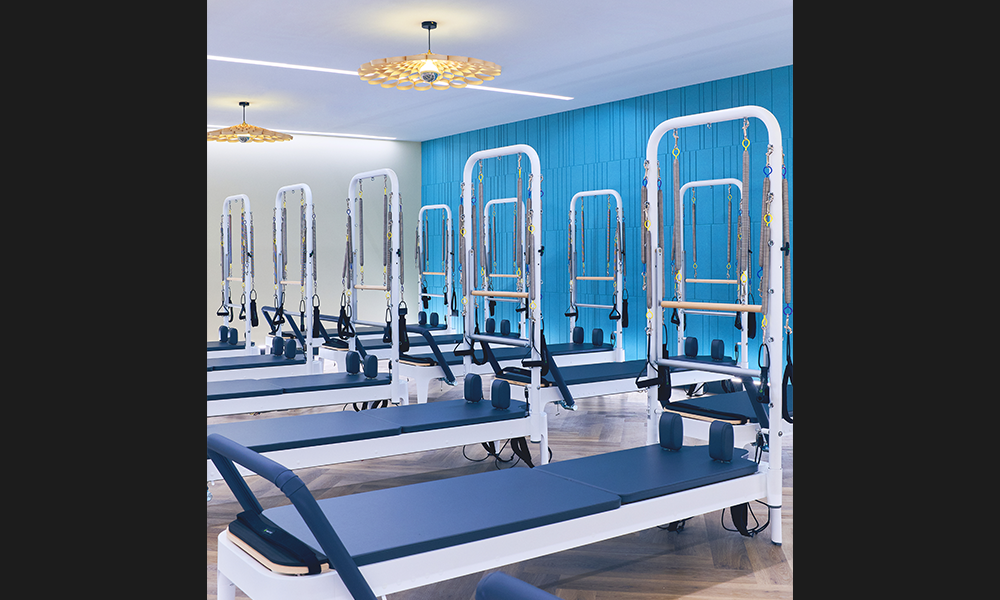How Faziha Zed and Sam Stewart have created a venue with spirit in south-east London
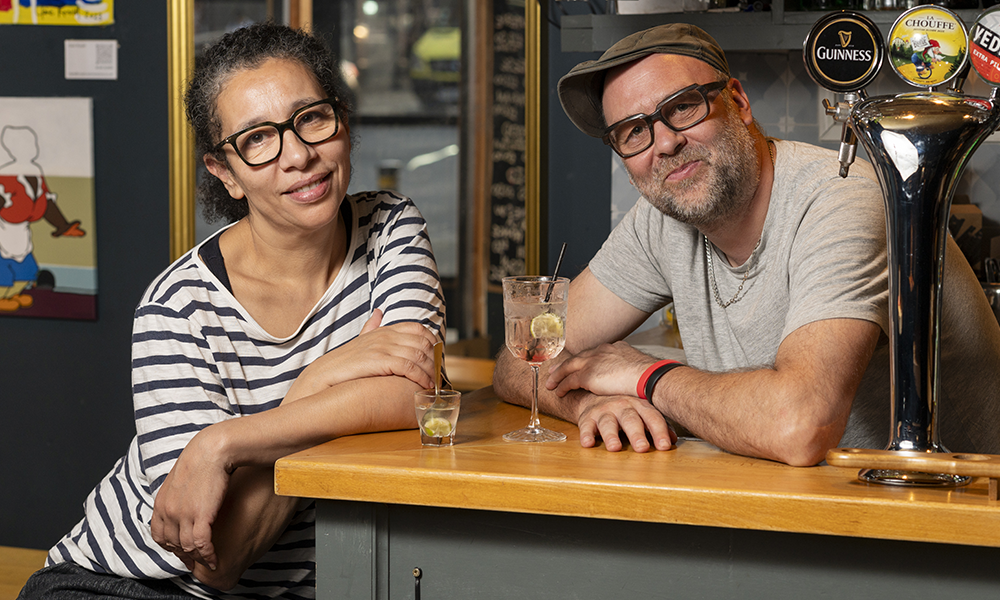
Subscribe to our free Wharf Whispers newsletter here
BY LAURA ENFIELD
Harvest time is drawing to a close in England and many of us may have dabbled in picking fruit and foraging nature’s bounty.
We may even have fermented a few things or made some sloe gin.
But for Faziha Zed and Sam Stewart, the business of finding ripe produce is the backbone of their Deptford bar.
From the outside CRA French Bar And Cafe is a pretty unassuming venue, nestled among a row of shops on Deptford Broadway.
But step inside and you will find the UK’s first bar serving homemade rhum arrangé – offering a taste of the exotic in south-east London.
The drink originated in the 18th century in the French West Indies – the parts of France located in the Antilles islands of the Caribbean.
Every drop served up in Deptford is handmade by Faziha based on an old family recipe that she has adapted and refined over the years.
Flavours on offer include pineapple, mango and passionfruit, plum hibiscus, vanilla honey cinnamon, banana, fig and grape, caramelised pear, lychee and summer fruits.
Faziha makes it using fresh-pressed sugar cane juice from Barbados, which has been slowly infused with fruits, herbs and spices.
And finding the different ingredients can be a fickle affair.
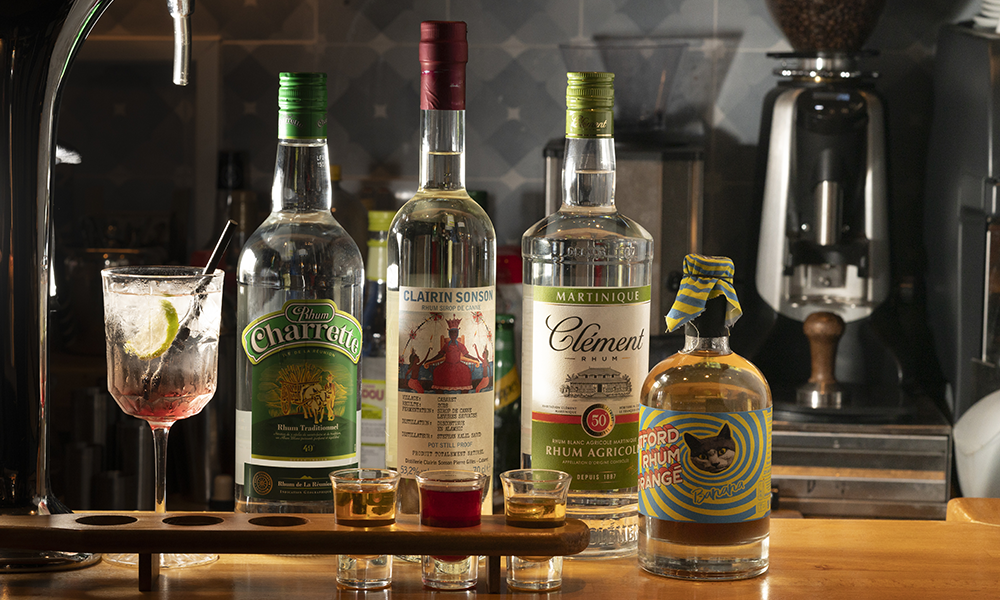
the right ingredients
“Recently, I made one with elderflower and nettle,” said Faziha.
“But you can only pick elderflower in the spring and I only use quality produce.
“So, if I don’t have enough quantity to last through the winter, I will have to wait until next spring to make more.”
The business started – as many do – by happy accident.
“I come from France and have family from Guadeloupe in the French West Indies, and I always used to bring back rhum arrangé when I visited,” said Faziha.
“Every family have their own recipes and think theirs is the best.
“It is a very old drink but is becoming extremely fashionable in France now and you will find it in bars and the supermarkets.
“But during lockdown I obviously couldn’t get any, so I had to make it for myself.”
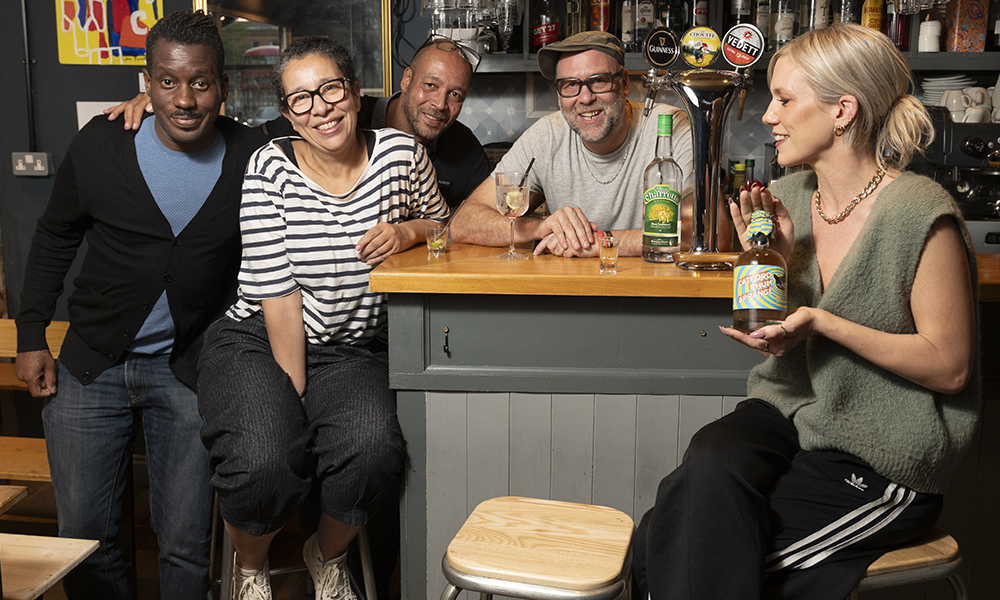
born in Catford
She began in her kitchen in Catford using kilner jars and, when restrictions eased, she took it along to parties and found it was a hit.
“People started to ask us about it and to make orders for some,” said Faziha.
“We weren’t sure at first if the nice things they were saying were true, but then we started selling it in some markets such as Greenwich and it sold out very quickly.”
The couple soon realised they wanted more.
“We started talking a lot about opening a bar when we were sitting in the markets,” said Sam.
“They were great, but can be quite limiting with the amount of money you make and they are only at weekends.
“So we decided we needed a bar in order to continue doing this full time.”
They found a vacant unit in Deptford and renovated it themselves on a shoestring.
Sam, who used to teach at Camberwell College of Arts, handles the day-to-day running of the establishment.
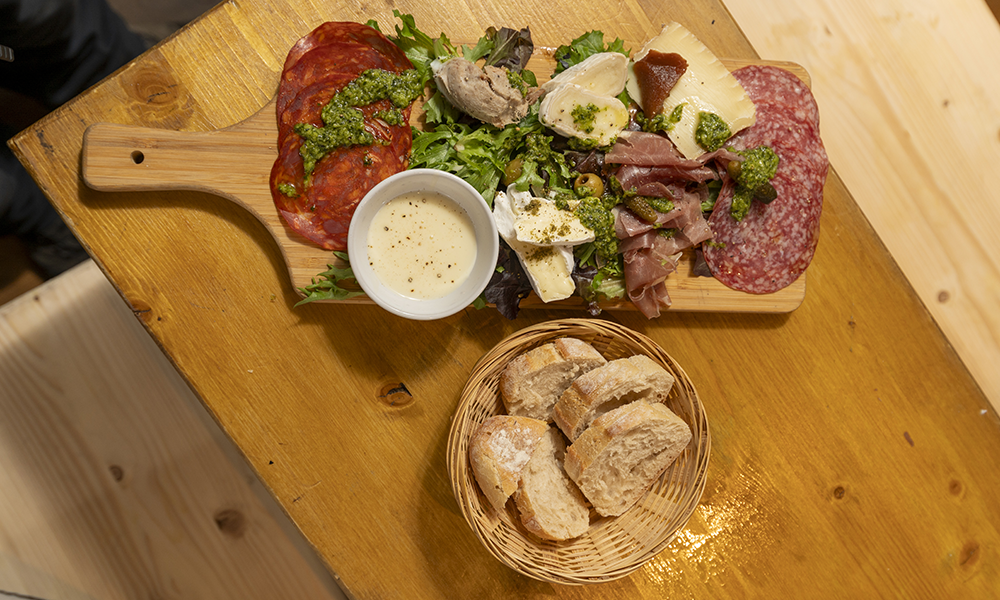
opening CRA French Bar And Cafe
“We wanted to create an intimate space inspired by the small bars of France – a place where people feel welcome and comfortable,” he said.
“Deptford has a very strong community and we feel quite honoured to have been accepted so quickly into it.
“We get a lot of regulars coming in.
“And this area has a long history of rum being imported into the docks so it feels very fitting.”
Customers can enjoy the rhum neat, with a mixer as a cocktail or choose from a menu of Belgian beers, French wines and pastis and a small selection of food.
In the mornings, there is coffee from Drury and viennoiserie from Boulangerie Jade.
For lunch during colder weather, the bar serves homemade vegan soup and a variety of toasties.
In the evenings there is a choice of charcuterie, cheese and vegan and seafood platters designed to complement the drinks menu.
Faziha, who was previously a social worker, has kept her day job in SEN education and makes the rhum in the evenings and weekends.
Today, this takes place at a unit in Catford where the varieties of drink are made in vast containers and refined over months of tasting.
“It is a bit like wine from one year to another, you can use the same recipe but it will never come out the same,” said Faziha.
“We will test after three months and see if something is missing – maybe it needs more vanilla.”
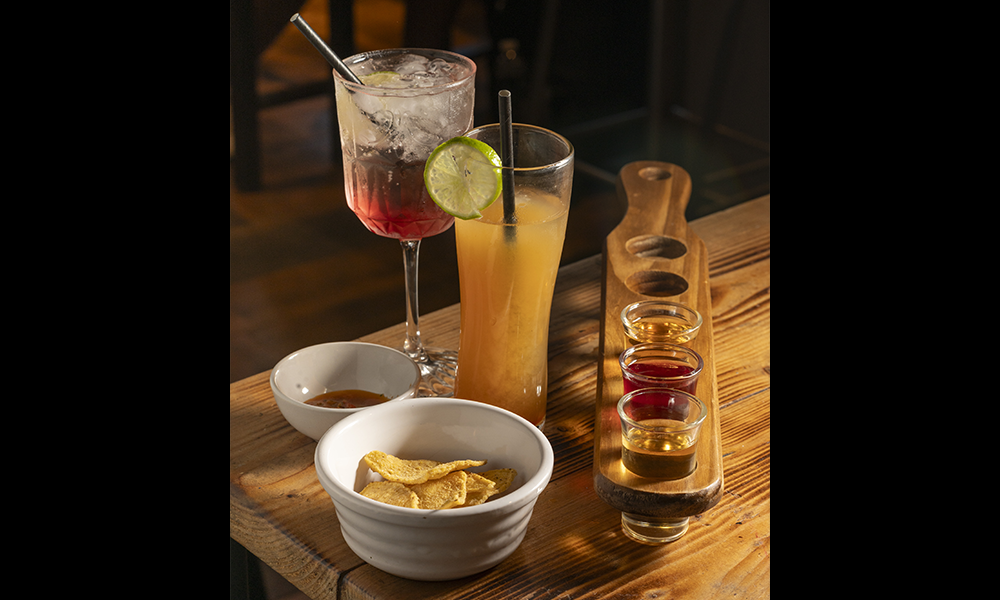
a secret recipe
Exactly what goes into the rhum is a closely guarded secret.
Even Sam isn’t permitted access.
“He doesn’t know the recipe and never will – if we get divorced he will still know nothing,” said Faziha.
If she did decide to share the making, because of her day job, the couple would love to employ people with learning difficulties.
But they are undecided about whether to rock the boat by increasing production.
“There’s the potential to upscale, expand and produce and sell that more, “said Sam. “But to do that we’d need a bigger place.
“At the moment what we’re doing is a success and no-one else is doing it.
“Opening another bar would be a lot of hard work.
“So, for now, what we want is to continue to enjoy it.
Faziha added: “We quite like having a small bar. It has its limitations – but do we really want to expand and make more money just for the sake of making more money?
“At the moment we are living our dream, enjoying the moment and following the flow.”
key details: CRA French Bar And Cafe
The bar is open Wed 10am-4pm, Thurs 10am-11.30pm, Fri 10am-12.30am, Sat 10am-12.30am, Sun 11am-10pm.
Find out more about the venue and the drink here
All images by James Perrin
Read more: Canary Wharf unveils Eden Dock at the heart of the estate
Read Wharf Life’s e-edition here
Subscribe to our free Wharf Whispers newsletter here
- Jon Massey is co-founder and editorial director of Wharf Life and writes about a wide range of subjects in Canary Wharf, Docklands and east London - contact via jon.massey@wharf-life.com






